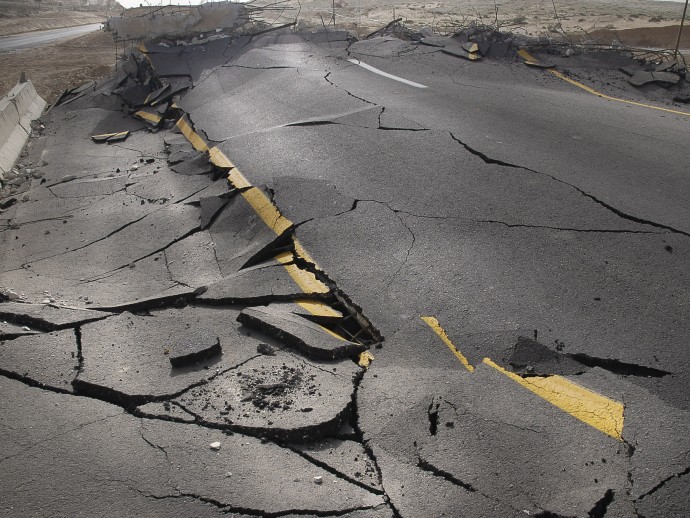
I was watching a movie the other day about what happens when the San Andreas fault in California shifts and causes problems, confusion, and unrest. The movie shows how some people are prepared and calm while others panic and fall apart.
It got me thinking about how businesses can also have a fault line—some underlying threat that if fulfilled can cause havoc and panic.
What kind of fault lines are out there?
Some “usual suspects”—the economy, foreign exchange rates, weather, competition, and products—are well known and expected, and you deal with them every day.
You should know what is under the surface of your business, something that poses an underlying threat that you hope never happens. If the ground shifted under your business, would you be prepared for it?
Your target market can shift
Your biggest fault line is assuming that your target market will always be there. Think about the San Andreas fault again: everyone knows it can shift one day, but they make decisions thinking that it will never happen. When it does, it’s fast, disruptive, and life changing.
Your target customers may be there today, but you can’t take them for granted. If that fault line shifts—your existing customers shift their business elsewhere—what is your “prepared and calm” solution that will help your business survive? You need to have plans in place to prevent customers shifting in the first place, along with plans to replace them if they do.
What do you have to change?
The first step is to be aware and think about survival strategies. It probably is not going to happen today, but ask yourself about what you should be doing in case the “big one” ever hits?
Think about earthquakes—you can be prepared by purchasing insurance, packing away food and water, training people in response plans, identifying and fixing your building’s potential weaknesses—things that can reduce the impact if one ever hits.
Start your plans for your fault line protection
Think about what might happen if a major fault line shifts in your business. Then start making plans to help prepare you and protect your business.
If your fault line is a shift in the target market, have you understood the pressure points of your current market? What might cause a shift? Are you satisfying customers with the right product mix, pricing, location, customer service, or convenience? If you’re not sure why your market might shift, then do some research to help paint the picture of what might happen.
Don’t wait until it’s too late
Look at what you’re tracking in your business and see if this information applies to future fault lines. For example, are you still tracking the temperature outside instead of the seismic activity after the ground has shifted? Make sure you are monitoring the areas of importance for today and the future, rather than KPIs of the past that will not help as you move forward.
The fault line might not shift today, but if you haven’t planned and prepared for it before it does, guess who will be at fault?

